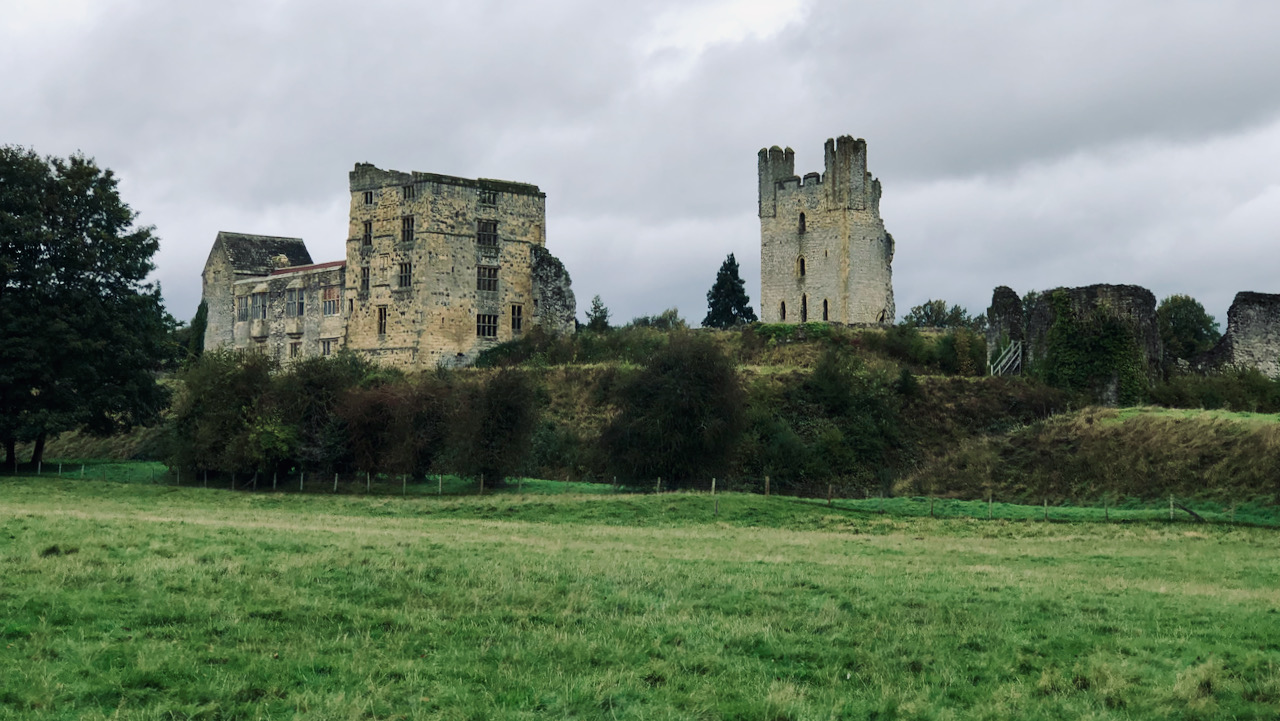During a brisk stroll through Duncombe Park, well before the weather took a turn for the better, I couldn’t help but notice that despite its vastness, there aren’t many designated paths for a leisurely amble. I found myself occupied for a spell, exploring the remnants of the WW2 army camp, but it was Helmsley Castle that truly piqued my photographic curiosity.
Perched high on a rocky outcrop overlooking the River Rye, the castle is impressive, especially the shattered east tower that still looms over the town. Back in the 1120s, a big shot named Walter Espec set the castle’s foundation. It was laid out with two baileys and enclosed by massive earthworks, which you can still be seen today. There were various modifications in the 14th century, especially in 1334, for King Edward III’s visit. Fast forward to the 16th century, and Edward Manners got all ambitious. He needed an upgrade, so he extended the castle with a Tudor mansion. You can still catch a glimpse of that today.
Then came the English Civil War, and the Roundheads laid siege to the castle and blew up the east tower. Despite the damage, the castle was occupied until the early 18th century. After that, it was abandoned and turned into a charming Gothic ruin in the grounds of Duncombe Park, the nearby fancy estate built around the same time. In the 19th and early 20th centuries, the castle had quite the career change. It became a quarry, a tennis court, and even a chicken run.
In 1923, the Office of Works, the predecessor of English Heritage, took over care of Helmsley Castle, with the formidable Sir Charles Peers rolling up his sleeves to take charge. That’s how the castle got its current look, thanks to his handy work.

Leave a Reply